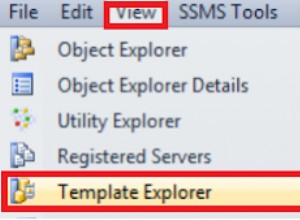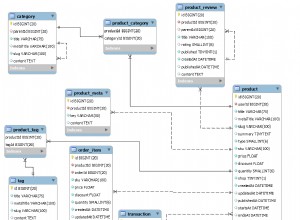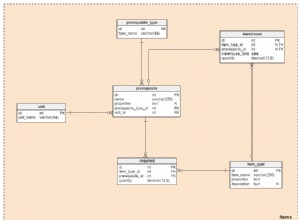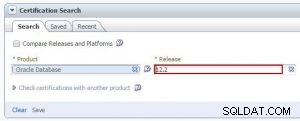Se tivermos a garantia de que
date_started , datefinished , $DateA e $DateB não são NULL, e temos a garantia de que date_started não é maior que date_finished ... `s` represents `date_started`
`f` represents `date_finished`
`a` represents the smaller of `$DateA` and `$DateB`
`b` represents the larger of `$DateA` and `$DateB`
Visualmente:
s-----f overlap
-----+-----+----- -------
a-b | | NO
a---b | YES
a-----b | YES
a---------b YES
a-----------b YES
a---b | YES
a-----b YES
a-------b YES
| a-b | YES
| a---b YES
| a-----b YES
| a-b YES
| | a-b NO
Podemos detectar facilmente quando não há "sobreposição" dos intervalos:
( a > f OR b < s )
E podemos facilmente negar isso para retornar "true" quando existir uma "sobreposição":
NOT ( a > f OR b < s )
Convertendo isso para SQL:
NOT ( GREATEST('{$dateA}','{$dateB}') < p.date_started
OR LEAST('{$dateA}','{$dateB}') > p.date_finished
)




